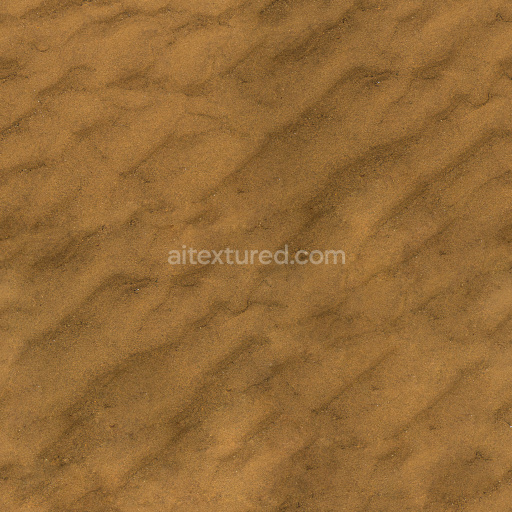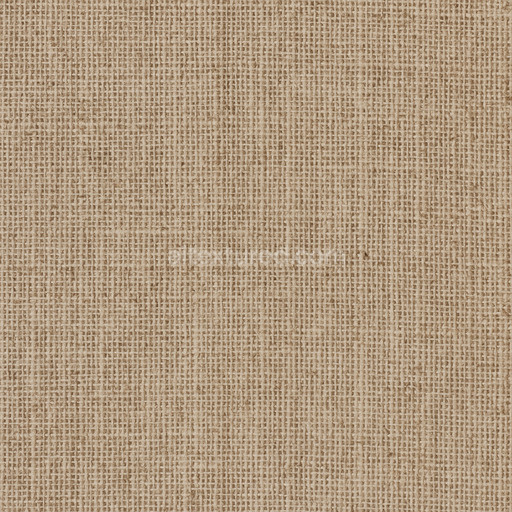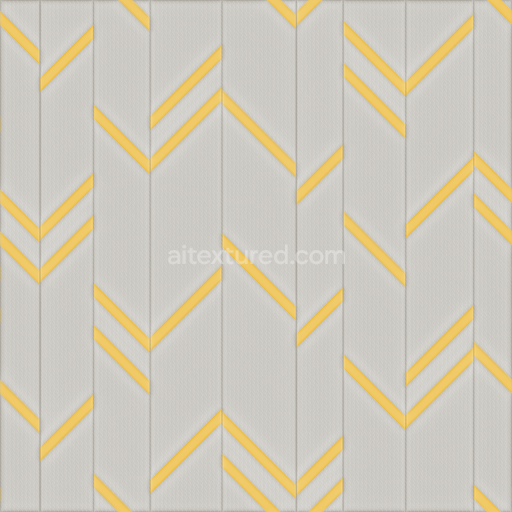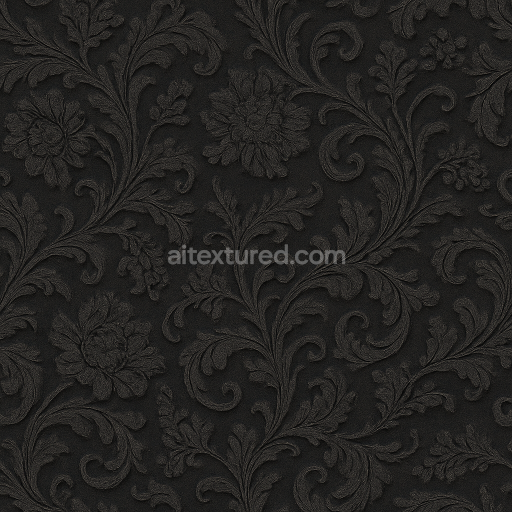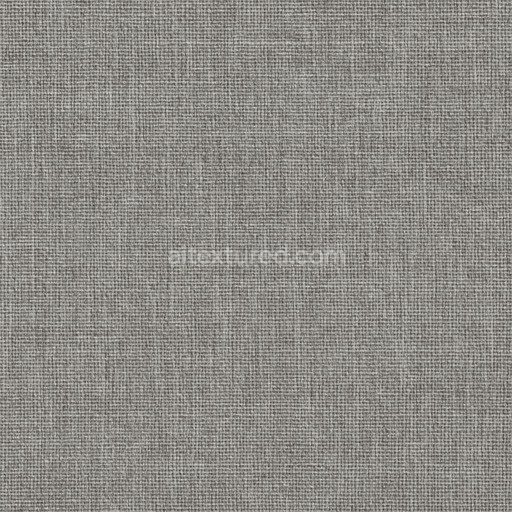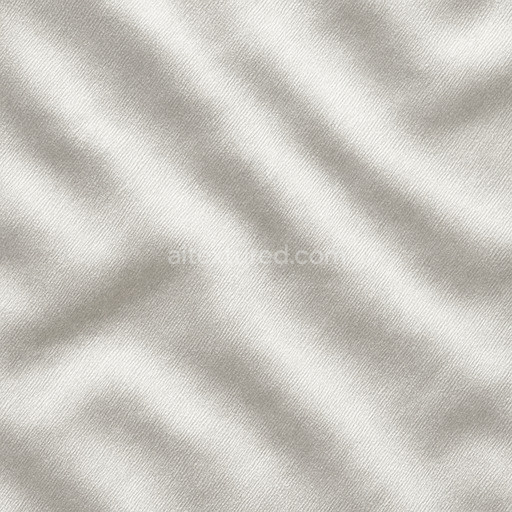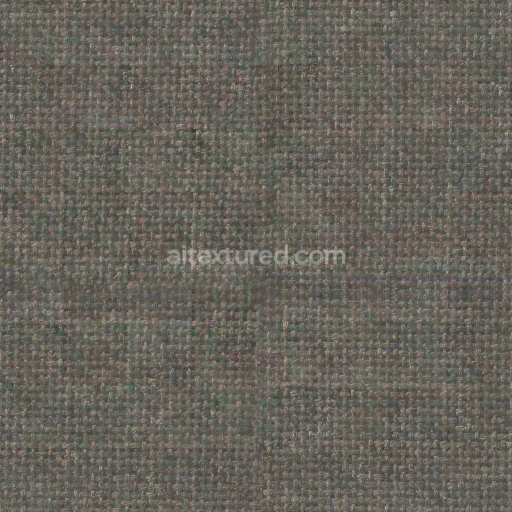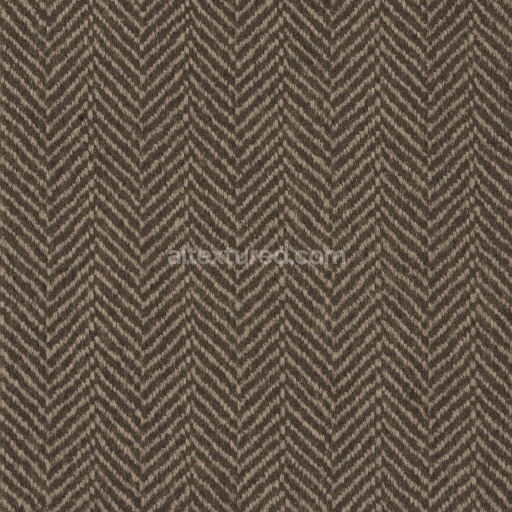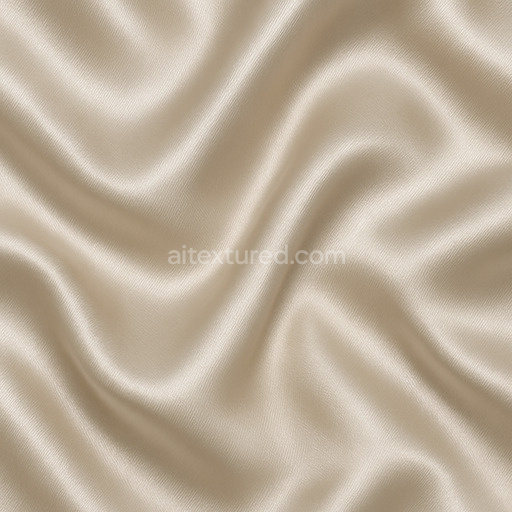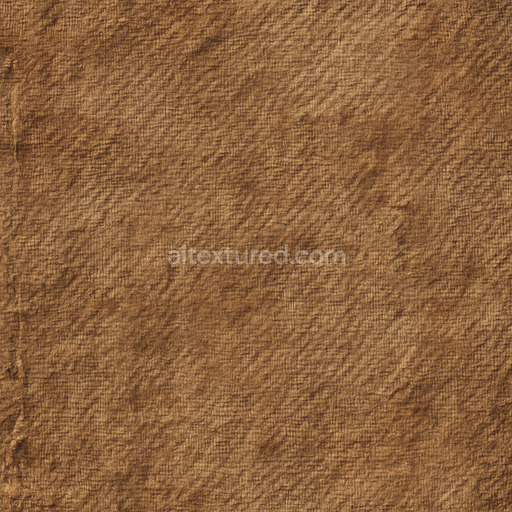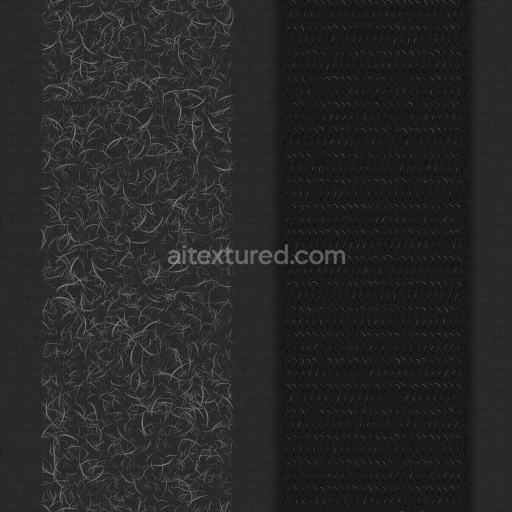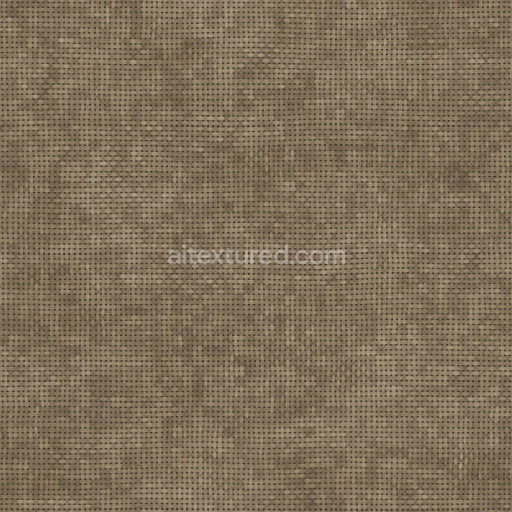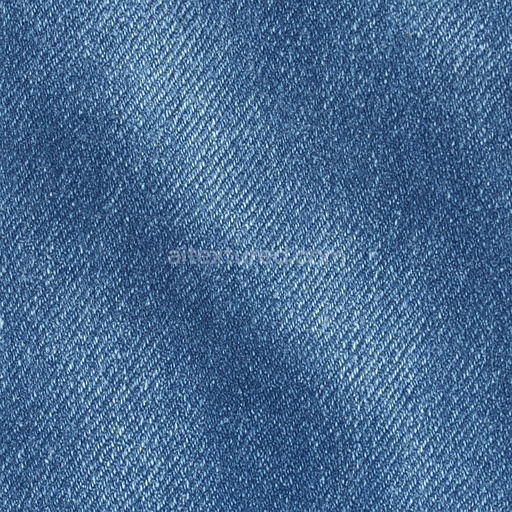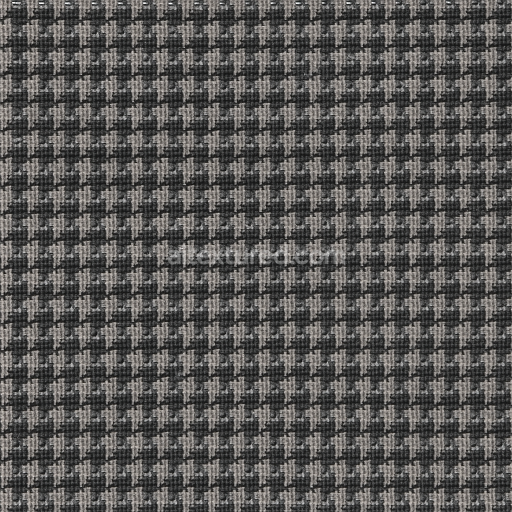The coarse linen texture seamless high resolution up to 8k is a meticulously crafted fabric texture designed to replicate the organic and tactile qualities of natural linen fibers. Linen derived from the flax plant consists of long strong bast fibers that are interwoven with slight irregularities in thickness and subtle directional grain orientation resulting in a distinct coarse weave pattern. This texture captures the characteristic porous surface and fibrous aggregates of linen with visible micro-details such as fiber bundles and cross-thread intersections which contribute to its authentic tactile feel. The base substrate appears as an organic polymer matrix with natural cellulose binders while the colorants mimic natural dye pigments giving a neutral slightly off-white to beige tone typical of untreated linen fabric. The surface finish is matte with minimal sheen representing the rough unpolished nature of coarse linen where weathering effects like soft abrasion and minor surface fuzziness are subtly conveyed.
In physically based rendering (PBR) workflows this coarse linen texture seamless high resolution up to 8k excels in delivering realistic material responses. The BaseColor (Albedo) map showcases the natural pigment variations and fiber coloration while the Normal map emphasizes the intricate weave pattern and fiber relief enhancing the sense of depth and tactile complexity. The Roughness channel is calibrated to reflect the fabric’s non-reflective matte surface providing a soft diffused look without glossiness. Since linen is non-metallic the Metallic channel remains near zero ensuring accurate representation of natural fabric properties. Ambient Occlusion highlights the subtle shadows formed between fiber intersections and weave overlaps adding dimensionality. The Height or Displacement map captures the micro-topography of the coarse threads which can be utilized for parallax effects or subtle surface breakup to increase realism in close-up renders.
This tileable coarse linen texture seamless high resolution up to 8k is optimized for use across a variety of 3D platforms including Blender Unreal Engine and Unity supporting both cinematic and real-time scenes with reliable repeatable results. The texture’s seamless tiling capability allows it to cover large surfaces without visible seams or pattern repetition artifacts making it ideal for level dressing material studies and fabric visualization. For best results it is recommended to pair this texture with a subtle ambient occlusion overlay and a light normal map pass to enhance surface breakup without over-sharpening the fibers. Adjusting the UV scale to match the intended fabric density and tuning roughness values can further tailor the look for specific lighting environments or artistic requirements.
Overall this coarse linen texture seamless high resolution up to 8k offers a production-ready AI-enhanced fabric texture that balances micro-detail with structural consistency. Its high resolution ensures crisp detail retention even at close inspection making it an excellent choice for artists and developers seeking authentic linen material appearances in their 3D projects. Whether for realistic character clothing environment props or architectural textiles this texture delivers naturalism and versatility within a robust physically plausible shading framework.
The AI-generated coarse linen texture seamless high resolution up to 8k offers realistic fabric textures with a detailed coarse linen texture seamless high resolution up to 8k quality ideal for accurate 3D preview and PBR material composition.
How to Use These Seamless PBR Textures in Blender
This guide shows how to connect a full PBR texture set to Principled BSDF in Blender (Cycles or Eevee). Works with any of our seamless textures free download, including PBR PNG materials for Blender / Unreal / Unity.
What’s inside the download
*_albedo.png — Base Color (sRGB)*_normal.png — Normal map (Non-Color)*_roughness.png — Roughness (Non-Color)*_metallic.png — Metallic (Non-Color)*_ao.png — Ambient Occlusion (Non-Color)*_height.png — Height / Displacement (Non-Color)*_ORM.png — Packed map (R=AO, G=Roughness, B=Metallic, Non-Color)

Quick start (Node Wrangler, 30 seconds)
- Enable the addon: Edit → Preferences → Add-ons → Node Wrangler.
- Create a material and select the Principled BSDF node.
- Press Ctrl + Shift + T and select the maps
albedo, normal, roughness, metallic (skip height and ORM for now) → Open.
The addon wires Base Color, Normal (with a Normal Map node), Roughness, and Metallic automatically.
- Add AO and Height using the “Manual wiring” steps below (5 and 6).
Manual wiring (full control)
- Create a material (Material Properties → New) and open the Shader Editor.
- Add an Image Texture node for each map. Set Color Space:
- Albedo → sRGB
- AO, Roughness, Metallic, Normal, Height, ORM → Non-Color
- Connect to Principled BSDF:
albedo → Base Colorroughness → Roughnessmetallic → Metallic (for wood this often stays near 0)normal → Normal Map node (Type: Tangent Space) → Normal of Principled.
If details look “inverted”, enable Invert Y on the Normal Map node.
- Ambient Occlusion (AO):
- Add a MixRGB (or Mix Color) node in mode Multiply.
- Input A =
albedo, Input B = ao, Factor = 1.0.
- Output of Mix → Base Color of Principled (replaces the direct albedo connection).
- Height / Displacement:
Cycles — true displacement
- Material Properties → Settings → Displacement: Displacement and Bump.
- Add a Displacement node: connect
height → Height, set Midlevel = 0.5, Scale = 0.02–0.08 (tune to taste).
- Output of Displacement → Material Output → Displacement.
- Add geometry density (e.g., Subdivision Surface) so displacement has polygons to work with.
Eevee (or lightweight Cycles) — bump only
- Add a Bump node:
height → Height.
- Set Strength = 0.2–0.5, Distance = 0.05–0.1, and connect Normal output to Principled’s Normal.
Using the packed ORM texture (optional)
Instead of separate AO/Roughness/Metallic maps you can use the single *_ORM.png:
- Add one Image Texture (Non-Color) → Separate RGB (or Separate Color).
- R (red) → AO (use it in the Multiply node with albedo as above).
- G (green) → Roughness of Principled.
- B (blue) → Metallic of Principled.
UVs & seamless tiling
- These textures are seamless. If your mesh has no UVs, go to UV Editing → Smart UV Project.
- For scale/repeat, add Texture Coordinate (UV) → Mapping and plug it into all texture nodes.
Increase Mapping → Scale (e.g., 2/2/2) to tile more densely.
Recommended starter values
- Normal Map Strength: 0.5–1.0
- Bump Strength: ~0.3
- Displacement Scale (Cycles): ~0.03
Common pitfalls
- Wrong Color Space (normals/roughness/etc. must be Non-Color).
- “Inverted” details → enable Invert Y on the Normal Map node.
- Over-strong relief → lower Displacement Scale or Bump Strength.
Example: Download Wood Textures and instantly apply parquet or rustic planks inside Blender for architectural visualization.
To add the downloaded texture, go to Add — Texture — Image Texture.

Add a node and click the Open button.

Select the required texture on your hard drive and connect Color to Base Color.

